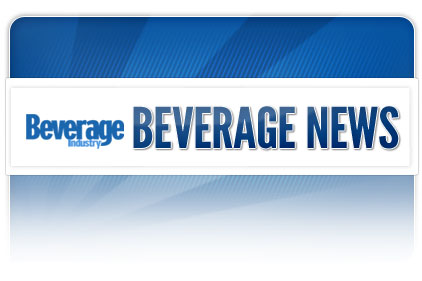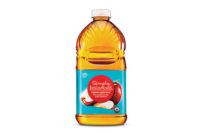It is a myth that Hispanics only buy name brand products and don’t buy private label or store brands. In fact, Hispanics purchase private labels at the same rate as non-Hispanics across all food categories. When it comes to the beverage industry, only a slightly higher percentage of non-Hispanics drink private-label beverages (49 percent vs. 45 percent for Hispanics). Given that Hispanics, on average, spend 17 percent more on beverages than non-Hispanics despite their lower income levels, it is interesting to learn which name brand beverages they are not willing to trade down on and which store brands they feel justified in buying.
Looking at private-label brands, the beverage categories with the highest store brand indexes are powdered soft drinks, instant coffee, instant iced tea mix, orange juice and instant hot cocoa. Most of these categories are usually purchased by large households with five or more people, so it makes sense that consumers buy them to save money.
In the case of name brands, the top categories are diet colas, ground coffee, tomato and vegetable juices, non-cola carbonated drinks (regular and diet), fruit juices (other than orange juice), tea and still bottled water. These beverages enjoy a very strong brand affinity, and consumers are not looking to downgrade even when purchasing for large households, which is the case for tea, still water and fruit juices. At the same time, Hispanics who prefer name brand beverages are more concerned with their health than Hispanics who prefer store brands, which leads us to believe that name brands are perceived as a healthier option.
So which categories and brands outperform among Hispanics? Two categories that stand out in our analysis are fruit juices and still bottled water. They both have a very high number of Hispanic consumers and index compared with non-Hispanics. One brand that stands out is Capri Sun juice drinks, with nearly 7.6 million Hispanic consumers who say that this brand is among their preferred set, according to a Simmons National Consumer Study hosted by Experian Marketing Services, Costa Mesa, Calif. When compared with non-Hispanics, this brand has an index of 191, which means there are 91 percent more Hispanic consumers purchasing this product than non-Hispanic consumers as a percentage of their respective populations, it states. In the case of still bottled water, Aquafina has 8.4 million Hispanic consumers and an index compared with non-Hispanics of 126, it adds.
The tomato and vegetable juice category also is very important. An interesting note here is that a U.S.-based brand turned out to have a much bigger Hispanic consumer base than a non-Hispanic consumer base. Clamato, which is a blend of tomato and clam juice, currently has 67 percent of its consumers identified as Hispanic versus 33 percent as non-Hispanic, according to the Simmons study. These percentages are usually seen among traditional Mexican brands like Nescafé, Jumex, Del Valle, Tampico, Topo Chico, Peñafiel and Jarritos but rarely are seen among U.S.-based brands. Clamato has approximately 4.7 million Hispanic consumers and an astounding index compared with non-Hispanics of 1,175 (14 percent of Hispanics drink Clamato compared with 1 percent of non-Hispanics), it adds.
Another curious case is in the diet cola segment. Coca-Cola Zero and Pepsi One have a higher index compared with non-Hispanics than Diet Coke and Diet Pepsi, respectively, according to the study. Coca-Cola Zero has an index compared with non-Hispanics of 117, while Diet Coke has an index of 78, it states. Likewise, Pepsi One has an index of 131 compared with 71 for Diet Pepsi, it adds. This leads us to believe that the efforts of these cola companies to substitute the word “diet” in these products in an effort to attract more consumers to the category has been more effective among Hispanics than non-Hispanics.
Recognizing the main purchase drivers behind each of the different beverage categories as well as consumers’ willingness to trade down or remain brand loyal is vital for manufacturers and marketing companies in order to effectively position their brands among Hispanics. As we observed previously, price is not the only component that drives sales, even in our current economic environment.



